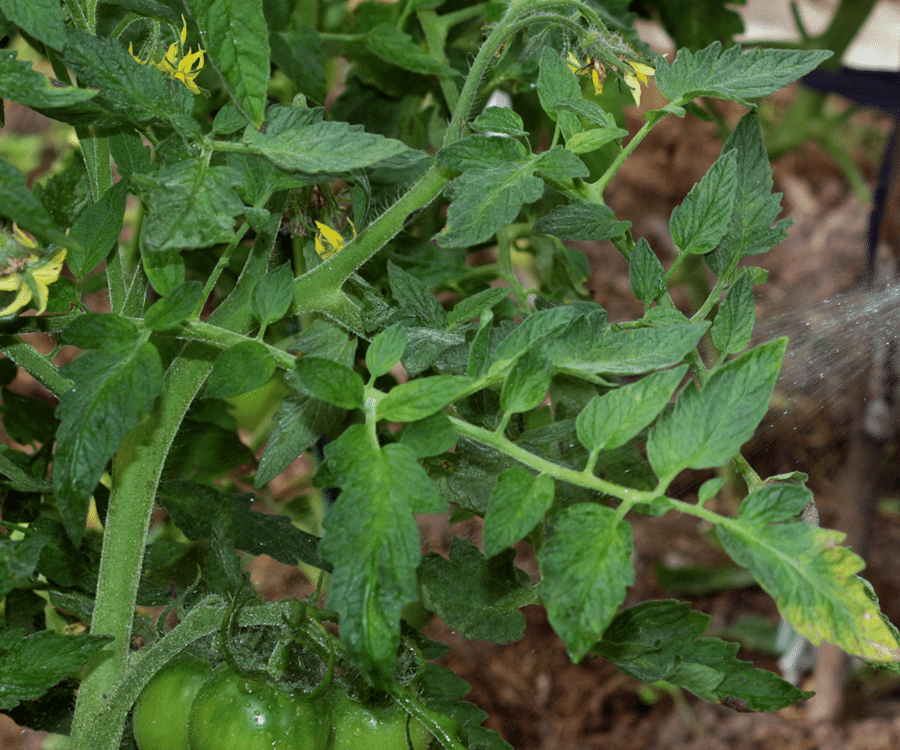And why do growers love them?

If you have done any gardening at all you will be aware of insects residing amongst your plants. There are those you enjoy, who pollinate your flowers, or who lazily take a nap on a petal or leaf.
However, there are the annoying destroyers too and these are the ones you wish to get under control. If they become prolific they can invade your yard or greenhouse and wreck flowers, foliage, and nourishing edibles. Neighbours have spent many conversations over their fence line chatting about identified pesky insects in their gardens. These conversations also take place online. But, there are hidden pests too and these can damage crops and plants before they are spotted. The introduction of beneficial insects supports the control of such pests in a sustainable and environmentally friendly way.
How can we control Pests?

Chemical controls are one solution to controlling plant pests. Now though pests are becoming resistant to these products and chemicals are less effective. Commercial growers started introducing beneficial insects to their crops around 30 years ago. The introduction of these insects to combat pests is a sustainable solution that doesn’t affect the environment.
Pests love to get to a tomato plant. This means that detecting them and ongoing control of them is paramount for the successful growth of all the tomatoes we consume and export in NZ. Beneficial insects, sometimes called biocontrols, are predatory and parasitic insects that feed on plant pests. Growers harness these to keep pests at manageable levels. The tomato industry uses beneficial insects and yellow sticky tape as natural ways to keep these invaders under control. Crop scouting and yellow sticky tape are especially useful in detecting the whitefly which is very damaging to tomato crops inside hothouses. There are other predators too and that’s, why the introduction of an army of good guys to fight them, is a good solution.
But how do Beneficial insects actually work?

First, it’s important that the tomato growers scout about the hothouse and understand what is going on. They need to monitor their crops on an ongoing basis and recognise if there are new and unwanted pesky visitors. These bad guys can get in via the introduction of other plants, from farm vehicles, or even on clothing.
The little yellow sticky tabs hung close to the tops of tomato plants attract pests such as whitefly and the number of insects caught will alert the growers to the levels of the population. Before the population of the pest becomes problematic, the grower will introduce the beneficial insects. In NZ hothouses, when pests are identified, the parasitic, beneficial insects are supplied on a card or in a tube. Then the army gets to work.
Conclusion
Understanding the benefits of good insects and how to identify, detect and control them allows nature to keep NZ’s tomato plants healthy. Growers take control of unwanted predator infestation and care for their plants along with the whole growing environment. As a result, NZ enjoys a long prosperous season of fresh local tomatoes.


Published by